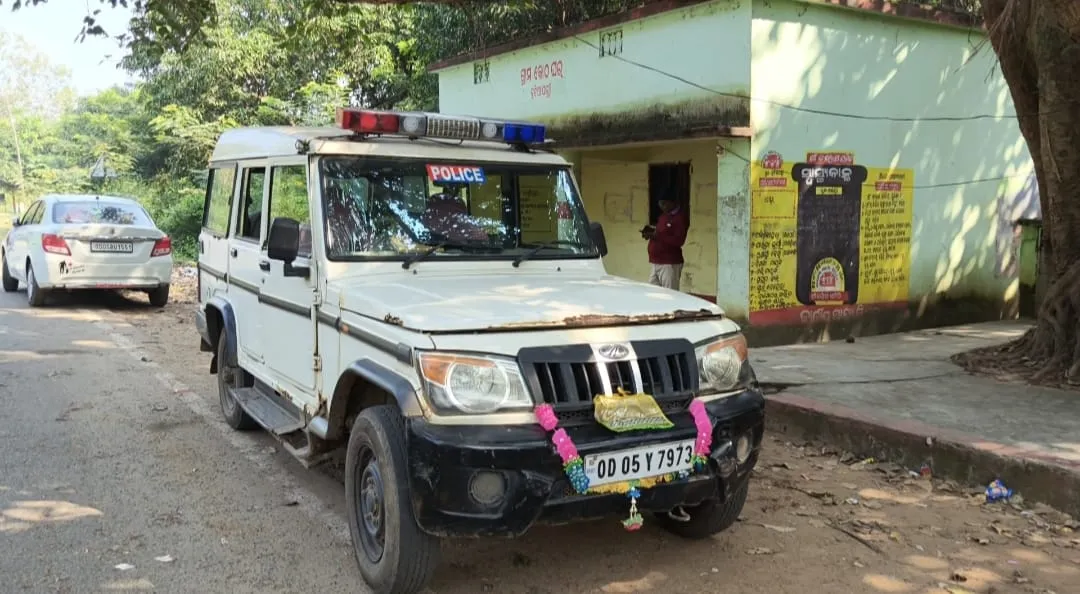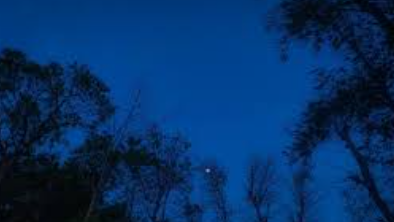

Bhubaneswar: Deep within the dense forests of Mayurbhanj district in Odisha, a mysterious phenomenon has puzzled locals and scientists alike for generations. As twilight fades into darkness, peculiar glowing orbs of light appear among the ancient trees, dancing and hovering before vanishing without trace. These ethereal illuminations have become known as the "Disappearing Night Lights of Mayurbhanj."
"My grandfather first showed me the lights when I was a child," recalls Surendra Majhi, a 73-year-old tribal elder from the Santhal community. "He told me, 'Jana chhadide bi atma chhadena' – 'The body leaves, but the spirit never does.' These are our ancestors watching over us, guiding those who have lost their way."
The lights predominantly appear in the remote fringes of Simlipal National Park, a UNESCO biosphere reserve spanning over 2,750 square kilometers. Characterized by their bluish-white glow, they float approximately one to two meters above the ground, lasting anywhere from a few seconds to several minutes before fading away.
Tribal communities across Mayurbhanj have woven these lights into their spiritual tapestry. The Ho tribe calls them "Burubonga Diri" or "mountain spirit lights," while the Santhals refer to them as "Sim Lipaichi" – "forest guardians." Folk narratives describe them as protective forces.
"Jangala madhyare jie harena, ama purba purusha anka aloka taku batadekhai," says Sarojini Hembram, a tribal storyteller. This translates roughly to: "Those who lose their way in the forest are guided by the light of our ancestors."
Dr. Manoj Kumar Patnaik, a biophysicist who has studied the phenomena since 2010, offers a scientific perspective: "While cultural interpretations attribute these lights to spiritual entities, we've documented compelling evidence suggesting they may be a complex interaction of bioluminescent fungi and methane emissions from decaying vegetation, particularly during monsoon seasons when conditions are optimal."
His research team has recorded over 200 light appearances, noting their increased frequency during humid conditions and new moon nights. "The high biodiversity of Simlipal creates unique conditions that may support this rare phenomenon," Dr. Patnaik explains.
However, tribal leaders maintain their interpretations. "Science has its explanations, but our connection to these lights goes beyond physical understanding," argues Dhanurjay Soren, a local tribal rights activist. "Ame jani setu ama purba purusha—ama rakhya pai asanti." ("We know these are our ancestors—they come to protect us.")
The phenomenon has attracted paranormal enthusiasts and researchers from across India. Last year, a team from the Indian Paranormal Society conducted a week-long investigation, recording unusual electromagnetic fluctuations coinciding with light appearances.
"These readings don't necessarily validate supernatural claims, but they suggest atmospheric conditions we don't fully understand yet," noted team leader Vikram Singh.
Local forest department officials have established viewing areas where visitors can safely attempt to witness the lights, though they remain unpredictable. "We cannot guarantee sightings," explains Forest Officer Priya Ranjan Mishra. "The lights appear on their own terms."
For the people of Mayurbhanj, whether explained through science or spirituality, these lights represent something precious—a connection to their land and heritage. As modernization encroaches upon tribal territories, these illuminations remain a testament to mysteries still unsolved.
"When the forests diminish, the lights become rarer," laments Hembram. "Jangala bachile, aloka bachiba" – "If the forest survives, the lights will survive."
In Mayurbhanj, as darkness falls and the forest awakens to night sounds, locals continue to watch for these fleeting glimmers—whether as scientific curiosities or spiritual messengers, they remain one of Odisha's most enchanting mysteries.